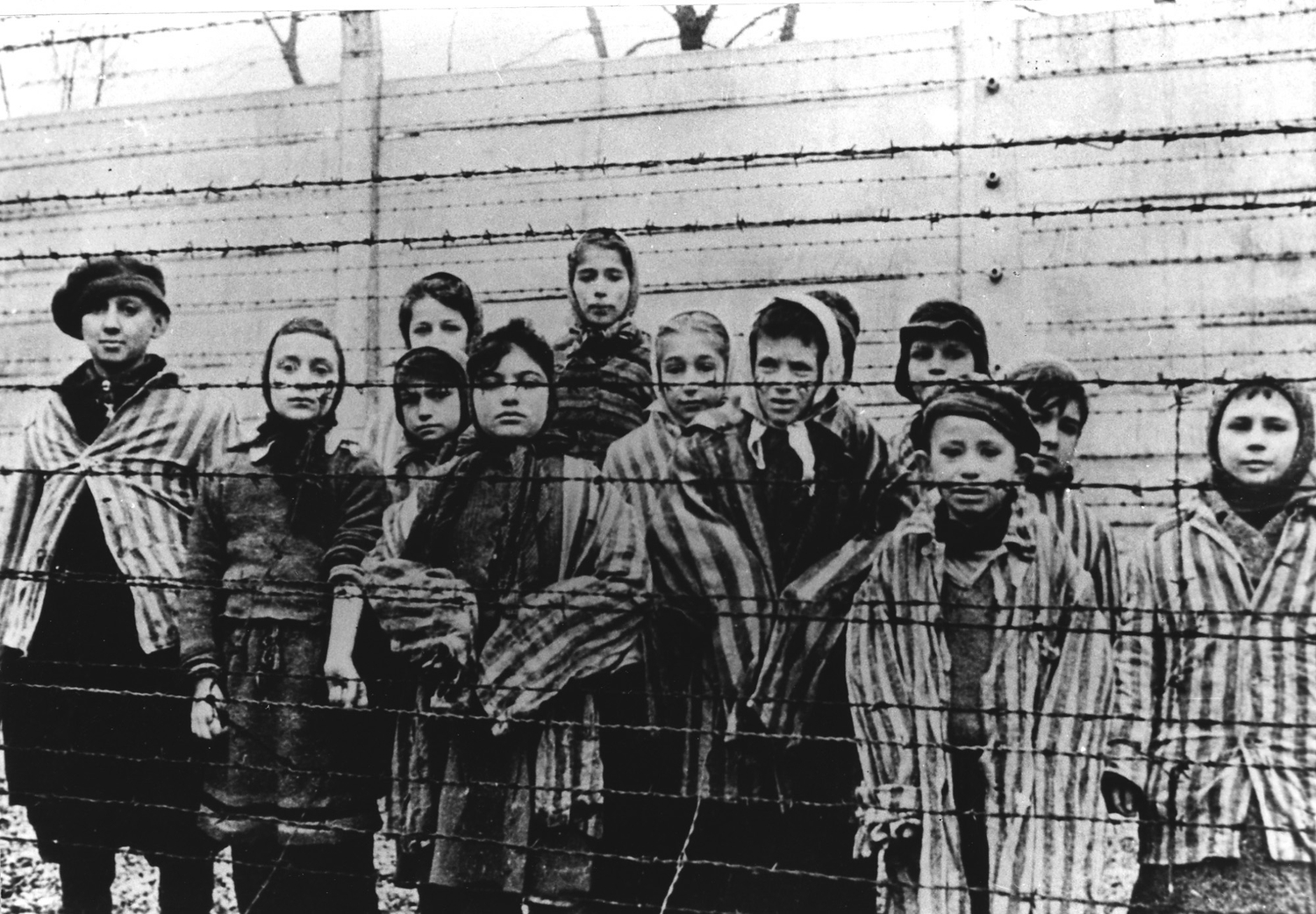 Illustrative Example (p. 137) – Genocide, ethnic violence, or attempted destruction of specific populations
Illustrative Example (p. 137) – Genocide, ethnic violence, or attempted destruction of specific populations
Contents
Introduction to the Holocaust — Animated Map
The Holocaust was the murder of six million Jews and millions of others by the Nazis and their collaborators during World War II. Mass killings began in June 1941 with the shooting of Jewish civilians during the German invasion of the Soviet Union. At the end of 1941, the Germans began deporting Jews to killing centers in occupied Poland. By May 1945, about two out of every three Jews in Europe had been murdered.
Dachau — Animated Map
The Dachau concentration camp was established in 1933 and operated continuously until the end of the war in 1945. It was the first concentration camp of the Nazi regime and it is estimated that at least 188,000 prisoners were incarcerated there between 1933 and 1945.
Liberation of Nazi camps
As Allied troops moved across Europe in a series of offensives against Nazi Germany, they began to encounter tens of thousands of concentration camp prisoners suffering from starvation and disease. Only after the liberation of the Nazi camps was the full scope of their horrors exposed to the world.

Jewish Resistance — Animated Map
In the face of Nazi terror, many Jews resisted the Germans and their collaborators. Underground resistance movements developed in over 100 ghettos in Nazi-occupied eastern Europe. Further, under the most adverse conditions, Jewish prisoners succeeded in initiating uprisings in some of the Nazi camps. Jewish partisan units operated in France, Belgium, the Ukraine, Belorussia, Lithuania, and Poland. Jews also fought in general French, Italian, Yugoslav, Greek, and Soviet resistance organizations. While organized armed resistance was the most direct form of opposition to the Nazis, resistance also included escape, hiding, cultural activity, and other acts of spiritual preservation.
Rescue — Animated Map
Despite the fear or indifference of most Europeans, a brave minority risked their lives to help Jews in Nazi-occupied Europe. Rescue took many forms. In the fall of 1943 the Danish resistance movement ferried almost all of Denmark’s Jewish population to safety in neutral Sweden. In other countries, churches, orphanages, and families hid Jews or aided those already in hiding. Swedish diplomat Raoul Wallenberg and other individuals acted courageously to rescue Jews. These acts of conscience and courage, however, saved only a tiny percentage of those targeted for destruction.
HISTORICAL FILM FOOTAGE
Remember the Survivors – CLICK HERE
Genocide is a term created during the Holocaust and declared an international crime in the 1948 United Nations Convention on the Prevention and Punishment of the Crime of Genocide. The Convention defines genocide as any of the following acts committed with the intent to destroy, in whole or in part, a national, ethnical, racial or religious group, as such:
a. Killing members of the group;
b. Causing serious bodily or mental harm to members of the group;
c. Deliberately inflicting on the group conditions of life calculated to bring about its physical destruction in whole or in part;
d. Imposing measures intended to prevent births within the group;
e. Forcibly transferring children of the group to another group.
The specific “intent to destroy” particular groups is unique to genocide. A closely related category of international law, crimes against humanity, is defined as widespread or systematic attacks against civilians.


You must be logged in to post a comment.